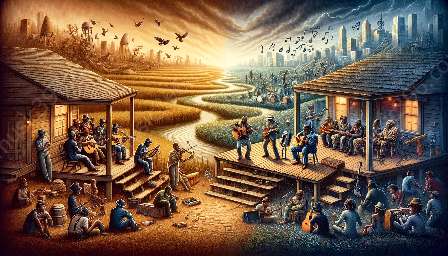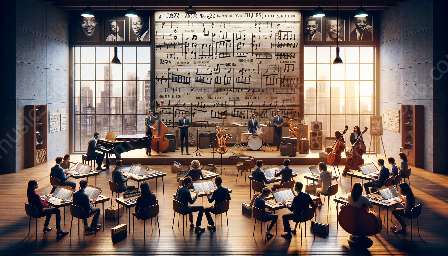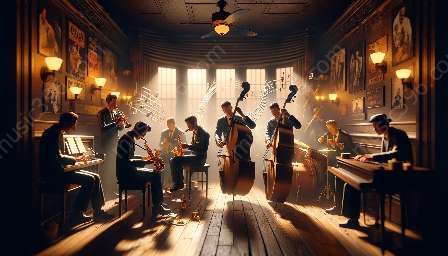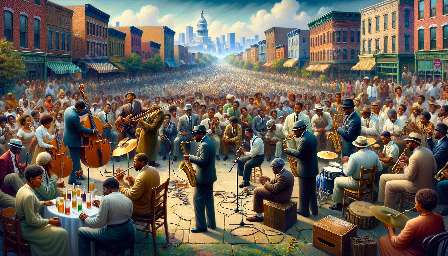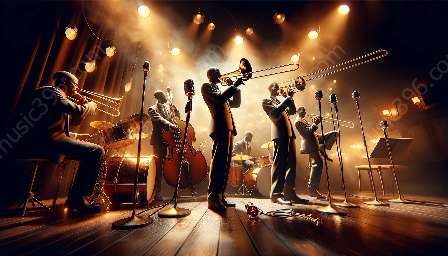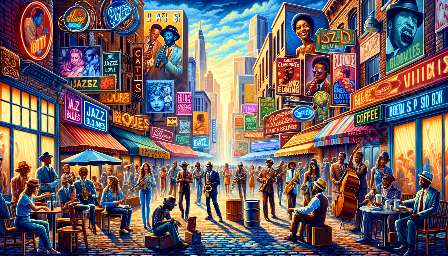Throughout the centuries, the evolution of jazz and blues music has been deeply intertwined with the shifting dynamics of gender representation. From the early days of blues to the complexities of modern jazz, the roles and contributions of women and men have evolved, reflecting broader societal changes and challenging traditional norms.
The Early Days: Blues Roots and Gender Dynamics
The origins of jazz and blues are rooted in African American traditions, where gender dynamics played a significant role in shaping the musical landscape. In the early 20th century, blues music provided a platform for female artists such as Bessie Smith and Ma Rainey to express themselves and challenge conventional gender roles. Their powerful voices and emotive performances earned them recognition as influential figures in the blues scene, paving the way for future generations of women to make their mark.
Gender Representation in Jazz: Breaking Boundaries
As jazz emerged and gained popularity, it became a space where gender dynamics and representation continued to evolve. Female jazz musicians like Mary Lou Williams and Hazel Scott defied societal expectations, showcasing their instrumental prowess and compositional talents. Their contributions not only challenged the perception of jazz as a male-dominated genre but also inspired other women to pursue careers as instrumentalists and bandleaders.
Modern Perspectives: Gender Diversity and Inclusivity
Today, the jazz and blues music scenes have become more diverse and inclusive, reflecting a broader spectrum of gender identities and expressions. Contemporary jazz artists such as Esperanza Spalding and Hiromi Uehara have redefined the boundaries of gender representation in music, blending genres and pushing artistic boundaries without being confined by traditional gender norms.
Conclusion: Embracing Diversity and Progress
The evolution of gender dynamics and representation within the jazz and blues music scenes mirrors the broader societal changes and challenges faced by women and marginalized communities. From the pioneering efforts of early blues artists to the boundary-breaking achievements of contemporary jazz musicians, the evolution of gender dynamics in music has been a story of resilience, creativity, and progress.


